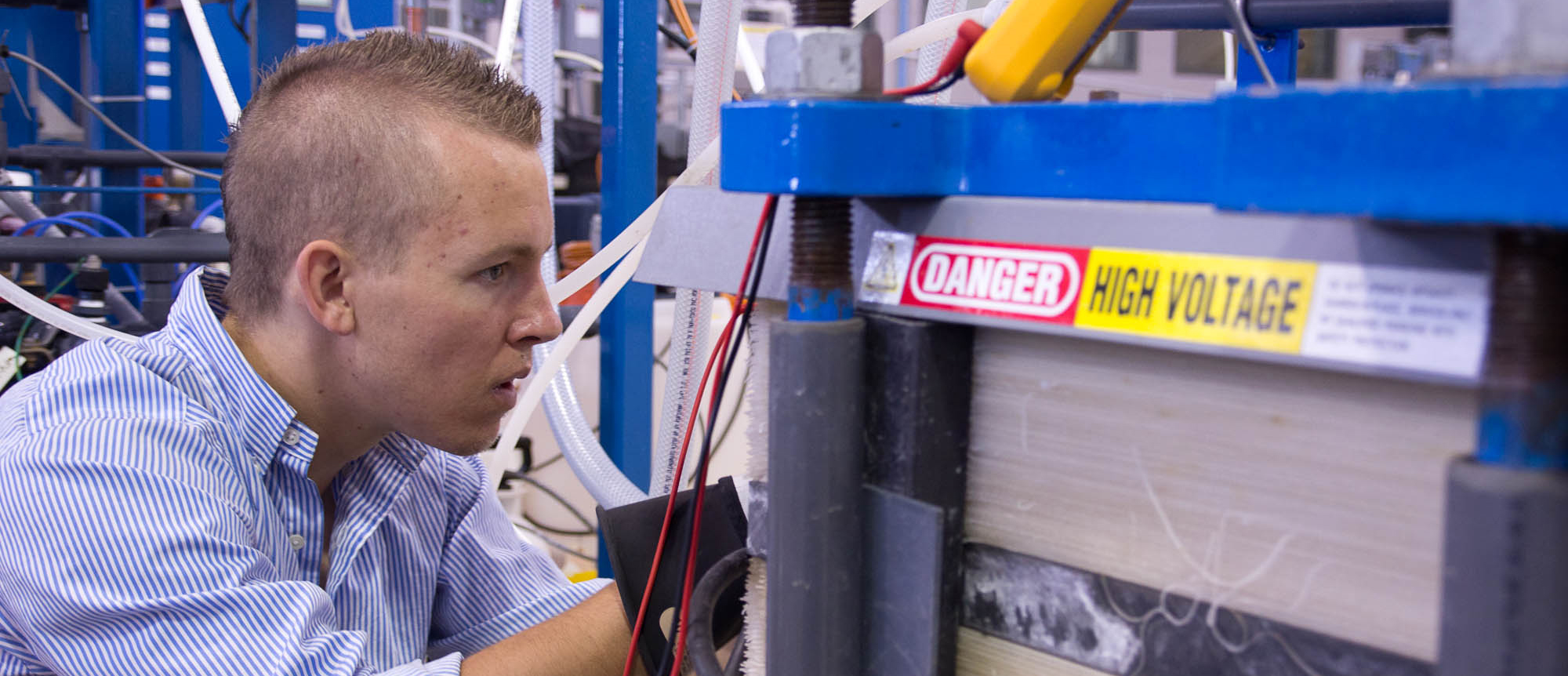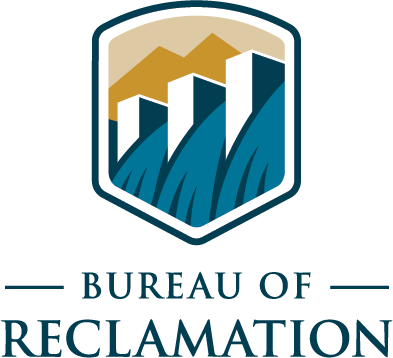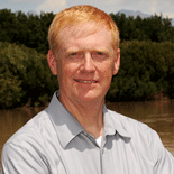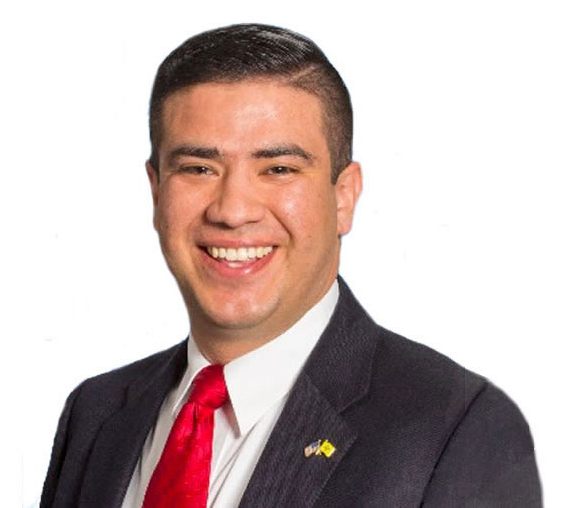
NMSU student working with electrodialysis for the desalination of water
Resources
Resources for researchers, students, community members, and anyone who would like information on the history of the cooperative agreement, relevant publications, past meetings, and funding opportunities.
NMSU/BOR Cooperative Agreement Timeline
NMSU/BOR Cooperative Agreement Timeline
Reclamation and NMSU entered into a Cooperative Agreement entitled, Center for the Development and Use of Alternative Water Supplies – A collaborative project between the Bureau of Reclamation and the Regents of NMSU to increase scientific knowledge and research expertise in the area of characterization, treatment, and use of alternative…Read More
First cooperative agreement between the Bureau of Reclamation and NMSU Institute of Energy and the Environment begins. Eleven projects are supported under the 2011-2015 cooperative agreement. Twenty-nine students participated on projects with 10 receiving degrees. Fourteen journal articles were published or were in press at the completion of the…Read More
At the behest of U.S. Senators Jeff Bingaman and Pete Domenici, research efforts specifically directed by Congress in 2008 and 2009 and to use BGNDRF to conduct said research
Construction began on the Brackish Groundwater National Research and Development Facility (BGNDRF) in 2004, followed by a ribbon cutting in August 2007, commissioning in 2008, and research starting in 2009.
The movement to create a desalination research facility to address the need to lower costs of brackish water treatment, to improve performance and to manage the concentrates removed from the water began in 2001 when Congress, through the Desalination Act, directed Reclamation, in cooperation with Sandia National Laboratories, to plan…Read More




































